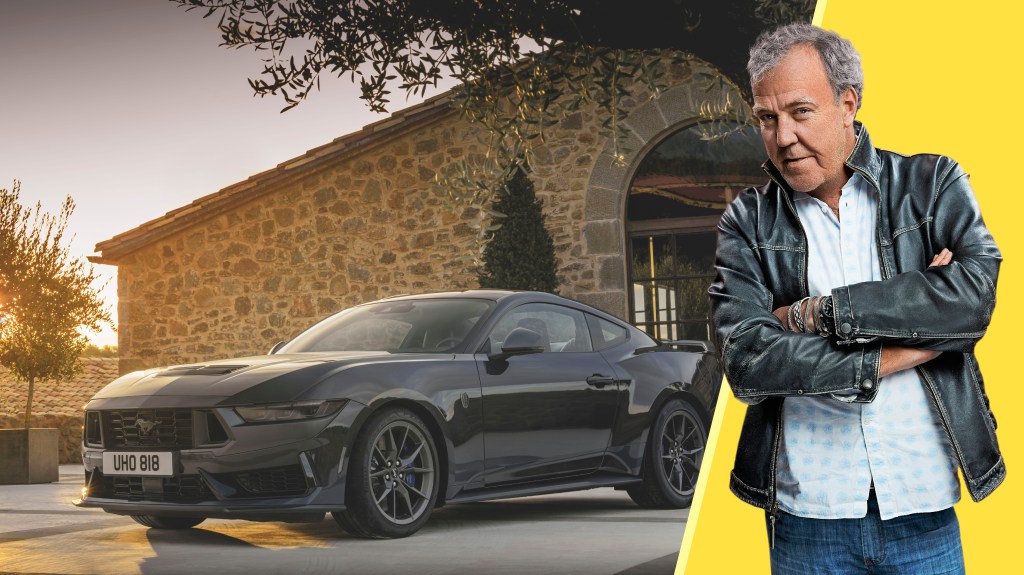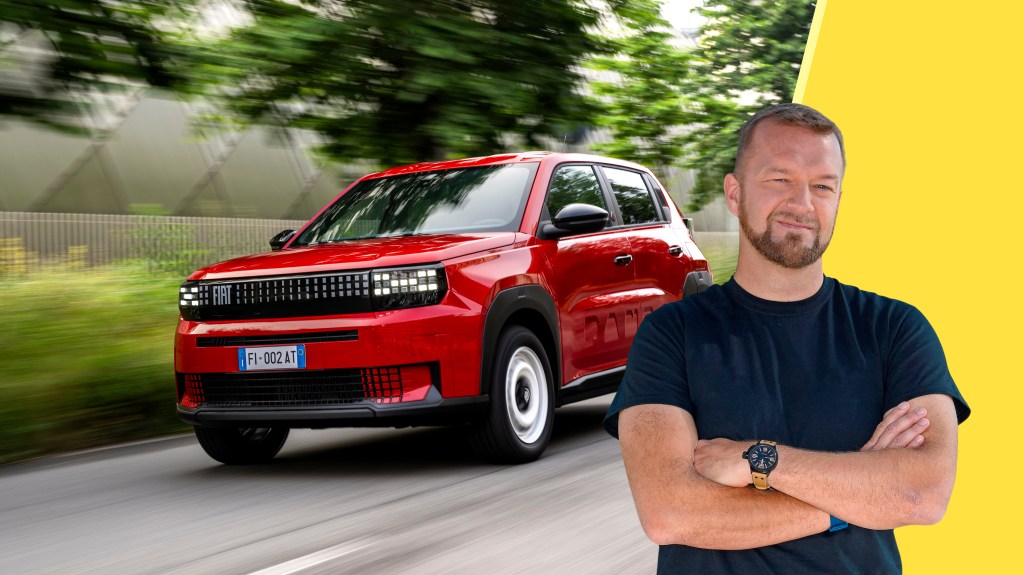The Challenge of Right-Hand Turns: Has Road Etiquette Deteriorated?
Navigating a busy A-road while trying to make a right turn onto a quieter D-road can be a frustrating experience. I often find myself indicating, stopping, and waiting for oncoming traffic to allow me to proceed. A brief wait may only delay me and a few drivers behind me, but if I find myself waiting longer, the congestion can affect many others. Ironically, the drivers unwilling to let me pass are not advancing towards their destinations any faster, as a persistent traffic jam lies just half a mile ahead.
If we were a colony of ants or hypothetically operating under a Marxist ideology, the flow of traffic would be smoothly managed. Decisions about when to allow others to go would be governed by a collective intelligence rather than individual interests. Unfortunately, as individuals in a capitalist society, we possess the option to help or hinder the movement of others. Sadly, it seems that fewer motorists are willing to let me turn off that A-road these days.
In the past, I typically waited for only a few cars before someone would kindly flash their headlights to let me through. However, as time has passed, this gesture has become increasingly rare. Nowadays, I can wait in these unyielding traffic situations for much longer, often relying on a serendipitous gap in traffic. Yet, even spotting a gap can be challenging—drivers frequently seem to accelerate to close any openings rather than allow me to pass. If I do attempt to turn anyway I often encounter honks of frustration, even as those motorists will soon find themselves stuck in traffic at the next light.

I considered two approaches to this apparent breakdown of road etiquette. Initially, I turned to a retaliatory mindset. While there was little I could do to confront the drivers who wouldn’t let me through, I subconsciously started blocking others. I found myself accelerating to close off gaps for vehicles trying to merge into traffic, which was not my best behavior.
This behavior changed when a passenger named Harriet confronted me about my driving style. She questioned why I appeared so aggressive behind the wheel. After explaining my frustrations with the lack of cooperation from other drivers, she urged me to adopt a kinder approach: to choose love and not mirror others’ unkind behaviors, even if they seemed justified.
This led me to reflect on the value of selflessness amidst the challenges of modern society. I made an effort to drive more considerately and actively allowed others to merge. My goal became to receive at least three thankful gestures from other drivers during each journey.
At first, this change felt rewarding. In a world where empathy seems increasingly scarce, I believed I was contributing positively, one courteous turn at a time.
I expanded my consideration beyond my vehicle: giving cyclists extra space, patiently following behind them, and even stopping for pedestrians. I found myself embodying the ideal of a thoughtful road user.
However, after months of embracing this empathetic driving style, I’ve realized that being excessively generous on the road isn’t always the best approach. While I might have made a few drivers in front of me feel good, I noticed that many behind me appeared annoyed, visibly expressing their frustration. In one instance, after stopping to help a senior citizen cross the street, I was met with blatant disrespect from another driver. Strangely enough, the pedestrian I was assisting did not even require help. On a separate occasion, while waiting at traffic lights on my bicycle, another cyclist swerved around me, angrily shouting something I won’t repeat. It became apparent that when one driver adopts an empathic and selfless approach in an environment where others do not, it disrupts the natural flow of traffic. So, for now at least, I find it necessary to reconsider my method of operating on the road.




Post Comment